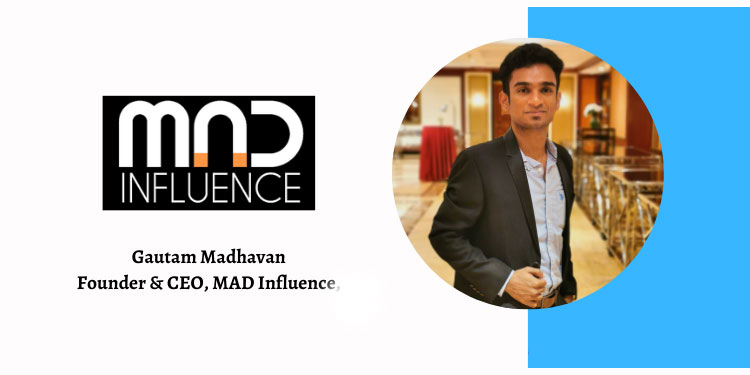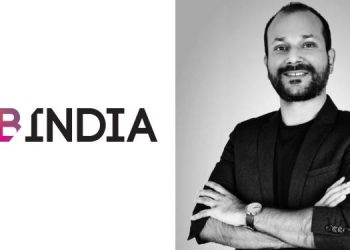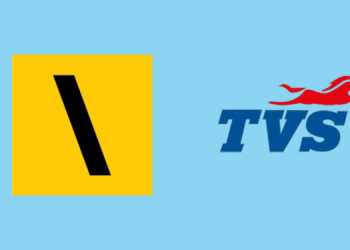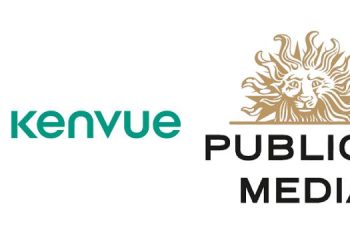Advertising has taken many forms, and most of them can be spotted by the public eye. However, when it comes to influencer marketing, the scope of hiding ads is very great. Be it via YouTube videos or Instagram posts, all of them can just appear as “regular” uploads/posts. Furthermore, since these videos are targeted at a specific audience, the probability of someone actually making a purchase associated with the product/service/brand is much higher as compared to general video ads. So, how does one tackle such an advertising tactic? Well, let’s see how ASCI responded.
ASCI or the Advertising Standards Council of India has been working towards keeping Indian advertisements to a certain standard since 1985. However, the form of advertising called “influencer marketing” is a very new one. As mentioned, there are no separate video ads, but just some regular videos/social media posts where a brand’s products/services might be integrated into seemingly normal conversation. Since this form of advertising is so deeply embedded into the influencer’s content, it becomes difficult for many viewers to distinguish between exactly which segments of the video are regular content and which of them are ads. It could very well be all of it. So, in order to make sure both advertisers and influencers don’t manipulate their audiences into becoming buyers/customers for their products or services, ASCI has issued a set of guidelines which will be applicable to all ads published on and after June 14th 2021, or after and will hopefully prevent this from happening. Here’s what we know so far:
ASCI guidelines demand that all influencers disclose their association with any advertiser. This is mandatory if there is any material connection between them, which not only includes monetary benefits but also aspects like discounted products, freebies, etc.
These disclosures must be upfront and not hidden in the ‘About Us’ page or in a slew of hashtags. In case of posts without text (such as Instagram posts/stories or snapchat), the labels should be superimposed in them to make the advertiser-influencer relationship clear.
As far as videos and live-streams are concerned, these disclosures have to remain as long as the brand segment is being shown or streamed.
Finally, ASCI will be using a French technology provider, Reech in order to monitor any potential violations of these guidelines. Not only that, ASCI has also launched Social.ASCI, where anyone can look up these guidelines in their complete detail before putting out content where advertisers have been involved.
With all that in mind, to what degree will these new ASCI guidelines change the influencer marketing landscape in India? For starters, with disclosure being mandatory if there are advertisers involved, it makes it absolutely clear to any viewers/fans that the said influencer is speaking about a certain brand, product or service because they have been paid to do so, or are benefitting from the brand that they are promoting in some other way, shape or form. This helps viewers make their own decisions knowing that an influencer is not talking about a product or service only out of their love of it, but because they have been sponsored by said brand.
As far as the influencer side of it goes, these guidelines demand greater levels of creativity on their side so that they can create their content while integrating advertiser’s segments as seamlessly as possible. Not only that, all of it has to be done while disclosing the entirety of their relationship with the advertiser. As a result, there is a high chance that we might see “sponsored segment” labels being heavily used either at the very beginning or the very end of the video and not in the middle so as to avoid people clicking out, just like it is a popular practice by western influencers/online creators.
This new change is definitely a welcome one which will greatly benefit viewers in being able to clearly distinguish between content and advertisement, just like we can in more traditional forms of media like radio and television.
Article is authored by Gautam Madhavan, CEO & Founder, Mad Influence.

















